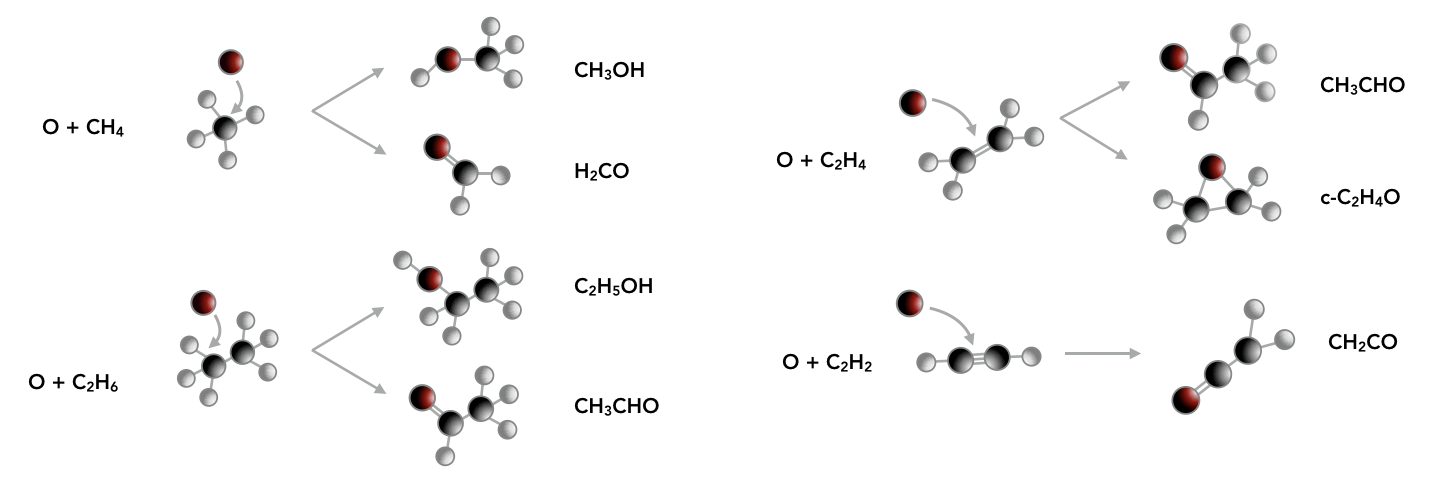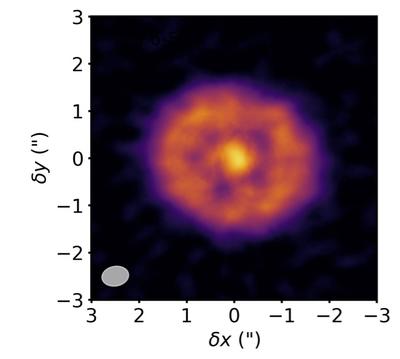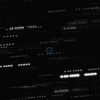Welcome!
 In the Öberg Astrochemistry group we explore the origins of chemical complexity in space and how these processes affect star and planet formation and especially the bulk and organic compositions of young planets.
In the Öberg Astrochemistry group we explore the origins of chemical complexity in space and how these processes affect star and planet formation and especially the bulk and organic compositions of young planets.
Science in focus:
Excited O atoms kickstart complex organic chemistry in space
Star- and planet-forming regions are host to a rich organic chemistry, which may seed nascent planets with the ingredients for prebiotic chemistry. It is not currently understood how large molecules can form in very cold (10K) environments such as pre-stellar cores or the frozen midplanes of protoplanetary disks. We can use laboratory experiments to explore what types of chemistry are active in these very low-temperature and low-pressure conditions. A promising pathway that we have recently studied is oxygen atom reactions with hydrocarbons within the icy mantles coating dust grains. Through kinetic modeling we find that photo-produced oxygen atoms react with hydrocarbons with effectively no energy barrier, and so this pathway should be active in the coldest interstellar regions. This chemistry may contribute to the formation of products like CH3OH, CH3CHO, and CH2CO, which are commonly detected in pre-stellar cores where other types of organic chemistry are not expected to be efficient. Read more about it Methanol Formation via Oxygen Insertion Chemistry in Ices (pdf) and Oxygen Atom Reactions with C2H6, C2H4, and C2H2 in Ices (pdf).

 Sulfur chemistry in planet forming disks
Sulfur chemistry in planet forming disks
Planet-forming disks govern the outcome of planet formation, including the composition of nascent planets and their hospitality to life. By studying the chemical compositions of these disks we can assess how and where the seeds of life formed. In this context, we recently explored the nature and abundance of sulfur molecules in disks. With the ALMA interferometer![]() we observed CS in six disks, and find it to be present in a range of radial distributions (see left for an example), from centrally peaked, to gaps and rings. We also detected H2CS and CS isotopologues for the first times in disks. We present these new observations in our recent paper titled Sulfur Chemistry in Protoplanetary Disks: CS and H2CS (pdf), together with astrochemistry disk models aimed at elucidating how these important S-carriers form in disks..
we observed CS in six disks, and find it to be present in a range of radial distributions (see left for an example), from centrally peaked, to gaps and rings. We also detected H2CS and CS isotopologues for the first times in disks. We present these new observations in our recent paper titled Sulfur Chemistry in Protoplanetary Disks: CS and H2CS (pdf), together with astrochemistry disk models aimed at elucidating how these important S-carriers form in disks..





